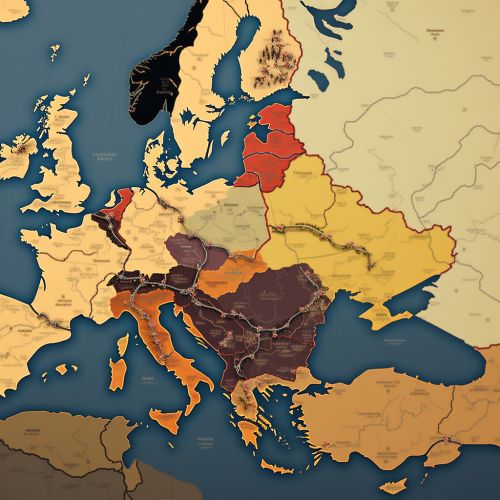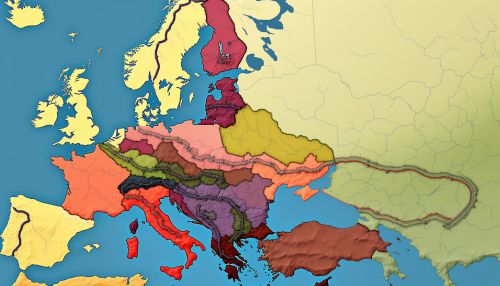Iron Curtain
Origins and Pre-War Period
The term "Iron Curtain" was first used in the context of Russian history in the 1920s to describe the border established after the Russian Revolution. It was later popularized by British Prime Minister Churchill in his "Sinews of Peace" speech delivered in 1946. The phrase came to symbolize the ideological, political, and physical boundary dividing Europe into two separate areas from the end of World War II in 1945 until the end of the Cold War in 1991.
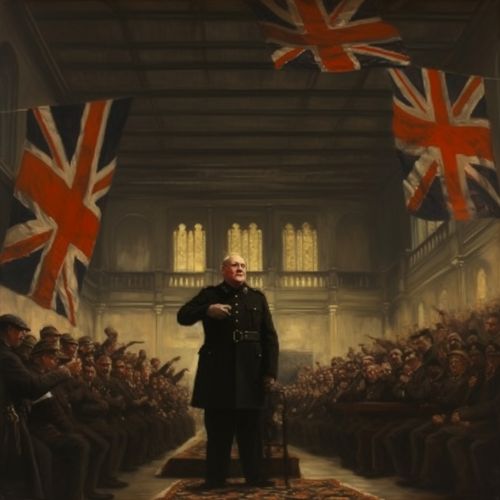
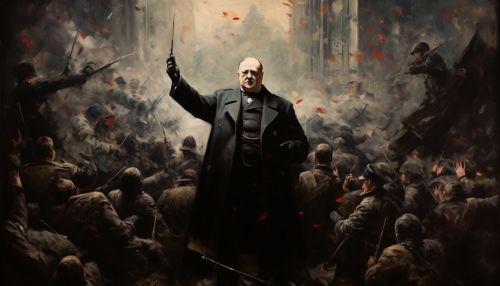
Post-War Period
After World War II, the Iron Curtain served as a metaphorical barrier between the democratic Western countries and the communist countries of Eastern Europe. The Iron Curtain primarily referred to the boundary that separated the Warsaw Pact countries from the NATO countries. This boundary ran through the heart of Europe, separating Germany and Berlin into East and West sections.

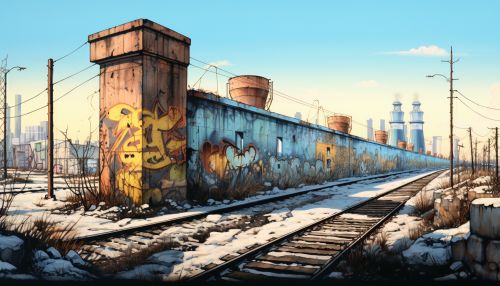
Physical Manifestations
The Iron Curtain took physical shape in the form of walls, fences, and other barriers. The most notable of these was the Berlin Wall, which stood from 1961 until 1989. Other physical barriers included the Inner German border and the heavily fortified borders between Bulgaria and Turkey, and Albania and Greece.

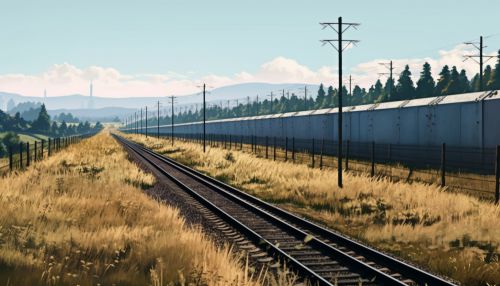
Impact on Society and Culture
The Iron Curtain had a profound impact on the societies and cultures it divided. It restricted movement, stifled cultural exchange, and created a stark contrast in living conditions between the East and the West. The Iron Curtain also played a significant role in the spread of propaganda, with each side portraying the other as the enemy.

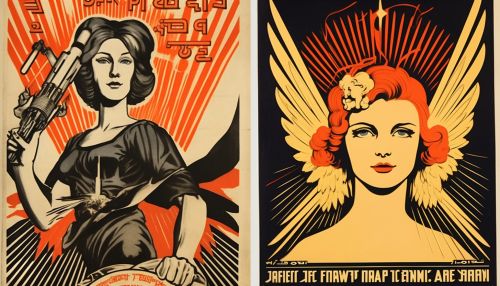
Fall of the Iron Curtain
The Iron Curtain began to crumble in the late 1980s with the loosening of Soviet control over its satellite states. The fall of the Berlin Wall in 1989 is often considered the symbolic end of the Iron Curtain. By 1991, with the dissolution of the Soviet Union, the Iron Curtain was officially lifted.
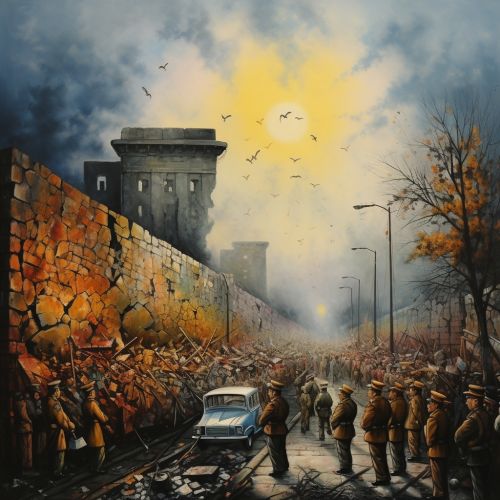
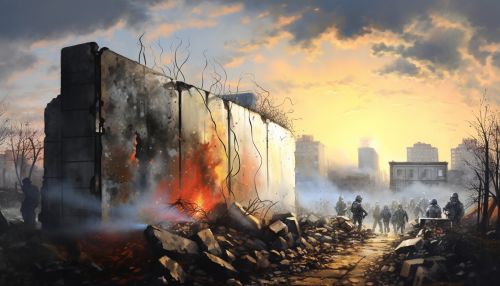
Legacy
The legacy of the Iron Curtain is still felt today, with many former Eastern Bloc countries still grappling with the political, economic, and social effects of decades of separation from the West. The Iron Curtain also left a lasting impact on the global geopolitical landscape, shaping the alliances and conflicts that define our modern world.
